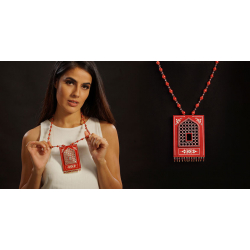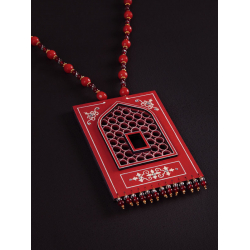- Availability: Out Of Stock
- Made & Mkt by: Razia Kunj
- Product Code: 3232-RK-JHA-003
- Weight: 62.00g
- Dimensions: 43.00cm x 7.00cm x 0.50cm
The typical dispatch time is 2-3 days; however, in special cases, it may take longer. Please refer to the product details section for specific timelines. Once dispatched, we will share the tracking details with you.
For returns, you can file a request within 24 hours of receiving the product. If the package is damaged, please make a video while unboxing and share images of the damaged item along with your return request.

Razia Kunj Art and Facts collection of bespoke jewellery is the culmination of a series of experiments with shrinking the canvas where art meets fashion. Why must art only be hung up in art galleries? Why must the finest graphic design be enshrined only within the walls of museums and temples? Why must street art only be on the roads?
Art and Facts stands at the crossroads of art and everyday life. Razia’s intention is to take art from the walls of galleries and temples, from the pages of Indian folklore, from dance forms and tribal art, from forgotten nook and crannies of rural India and hand it to a woman as a form of adornment. So a Krishna can be playing a Basuri right under your ears, as an earring, while the doors of a Haveli open to the world in the form of a necklace. each jewellery line is individually designed by her, hand painted and crafted by her team of artists. Every collection of Art and Fact is an attempt to shrink the canvas, to make the art of India a personal expression for its women.

Jharokha: Doors have the moral responsibility of keeping the outdoors away from the indoors. While windows offer a sneak preview of what lies within. InIndia, doors and windows are canvasses of the resident’s creativity. Who imbue them with vibrant colours, designs and symbols.An extremely elaborate collection that reflect the intricate portal art of India. From the pink and white motifs of the thousands of windows of Hawa Mahal to the frescoes ofHavelis from Rajasthan. Needless to say, this is a window to Indian folk art.

Temple: What came first – the temple or the God! Do we build temples as a return gift for the God who built us? For most of our existence we have asked these rhetorical questions. But the fact is that we’ve kept building these beautiful structures to keep our Gods.The collection is actually a jugalbandi(duet) of Gods and temples. Like th bright orange ganesha peeping out of a temple luring passers -by with the promise of devotion. or kali radiant in redcommanding absolute submissiaon from her devotees with her fiery demeanour.

Theyyam : Theyyam is a folk art of the Malabar region of North Kerala. A synthesis of beliefs, rituals, songs, music, dance, painting, sculpture and literature,Theyyam is an art form all its own. A riot of colours brings alive the Theyyams or Gods who appear to millions in Kerala, outside their temples, in the courtyards of Tharavads or homes, near the kaavu or sacred groves.

Deviyan: The distance between a ‘naari’ (woman) and a ‘devi’ (goddess) is the distance between the eye and the mind. From the Greeks to the Egyptians toancient India, every mature civilization has worshipped femininity. So much so, that the fount of all creation is called ‘mother nature’.The attempt of the artist has been to capture myriad aspects of femininity, to extol her nameless facets - the ferocity of Durga, the virtuosity of Sita, the prosperity of Lakshmi, the creativity of Saraswati. this collection is the beginning of what is undoubtedly a theme that has neither beginning nor end.Haveli: Deep inside Rajasthan lies the Shekhawati region. Art lovers know it as the world’s largest open art gallery. The doors of every house or‘haveli’ opens to a bygone era, where every wall is adorned with elaborately painted frescoes. This piece of intricate jewellery is base on a painting from the walls of the Morarka Haveli - a 115 year old Haveli painstakingly restored to its original splendour by Shri Kamal Moraka. The rich colours andintricate patterns are a fusion of various schools of art.
| Craftsmen | |
| Made by | Artisan working with Razia Kunj |
| Material | |
| Made of | Engineered Wood, brass findings with gold finish, glass beads, Silver foiled crystals. |
| Instruction | |
| Instruction | Should be protected from moisture, heat, perfumes, makeup etc. keep jewellery in clean air tight zip lock pouches when not in use. |
| Restrictions | |
| COD - Option | not available |
| International Shipping | not available |

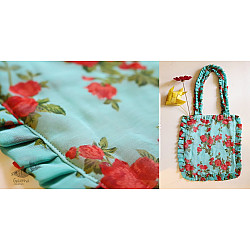
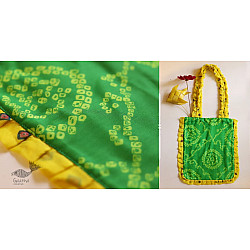
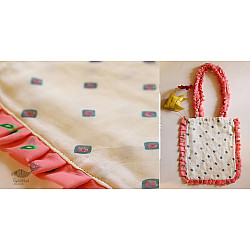
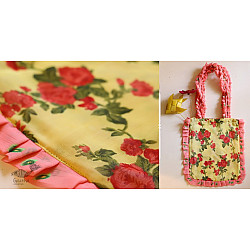
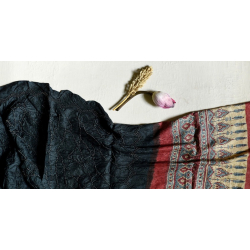
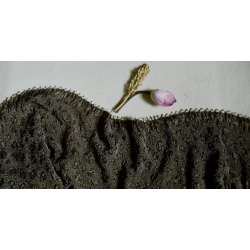
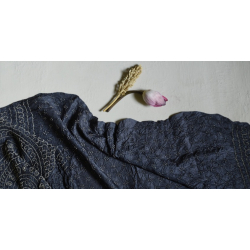
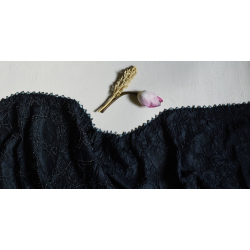
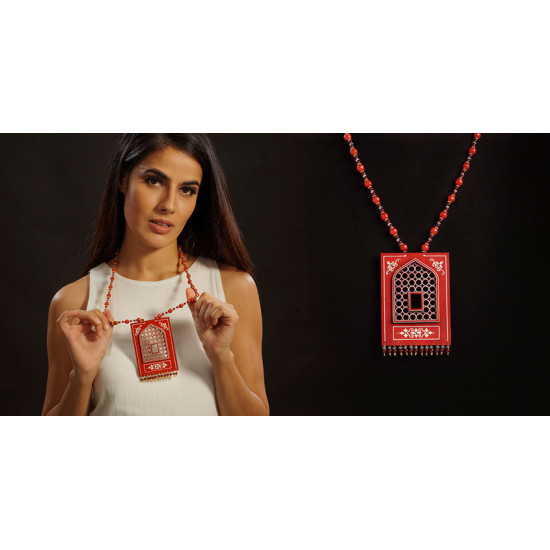
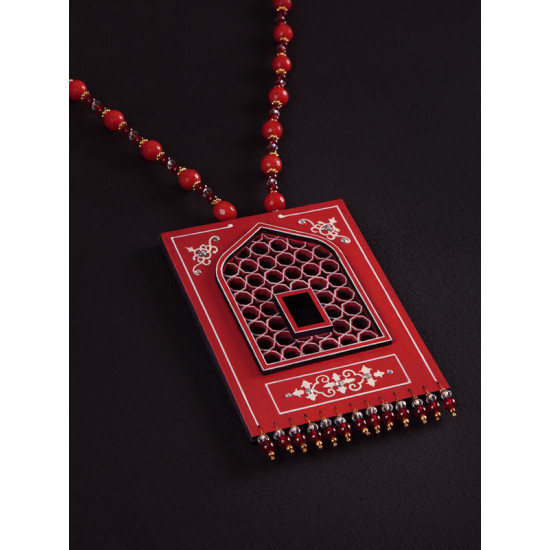



-1-225x150w.jpg)
-225x150w.jpg)
-225x150w.jpg)
-225x150w.jpg)
-225x150w.jpg)
-225x150w.jpg)
-225x150w.jpg)
-225x150w.jpg)
-225x150w.jpg)
-225x150w.jpg)
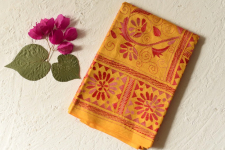
-225x150w.jpg)
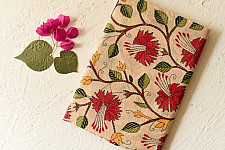
-225x150w.jpg)
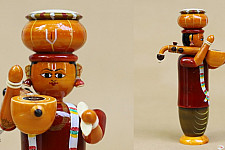
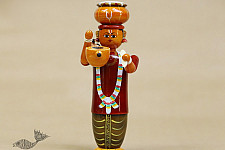
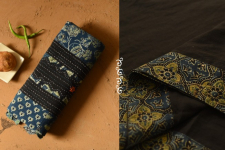
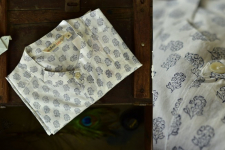
-225x150w.jpg)

-225x150.jpg)

-225x150h.jpg)
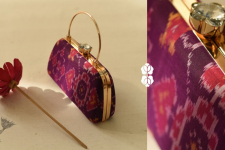
-225x150.jpg)
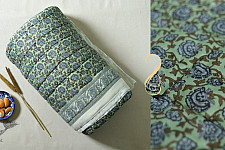
-225x150w.jpg)









-225x150w.jpg)

-225x150w.jpg)

-225x150w.jpg)
